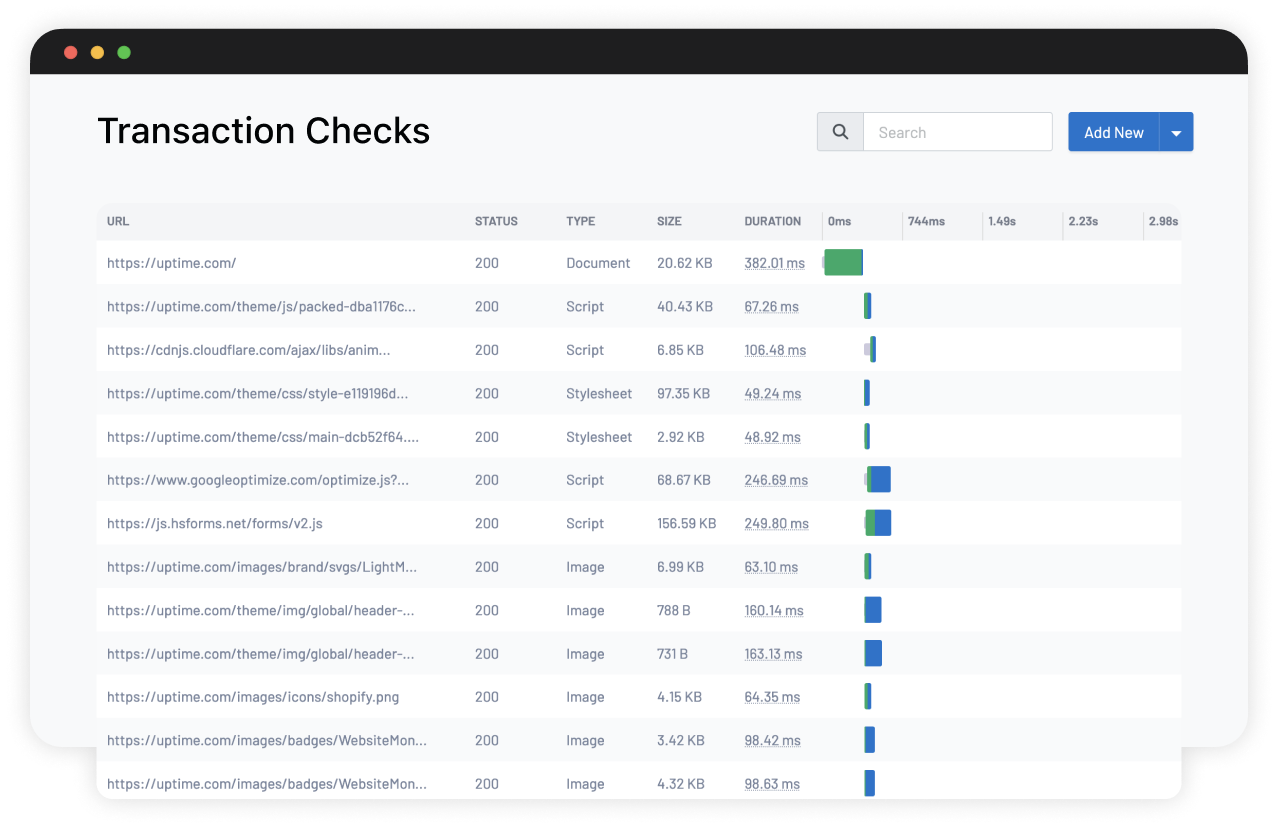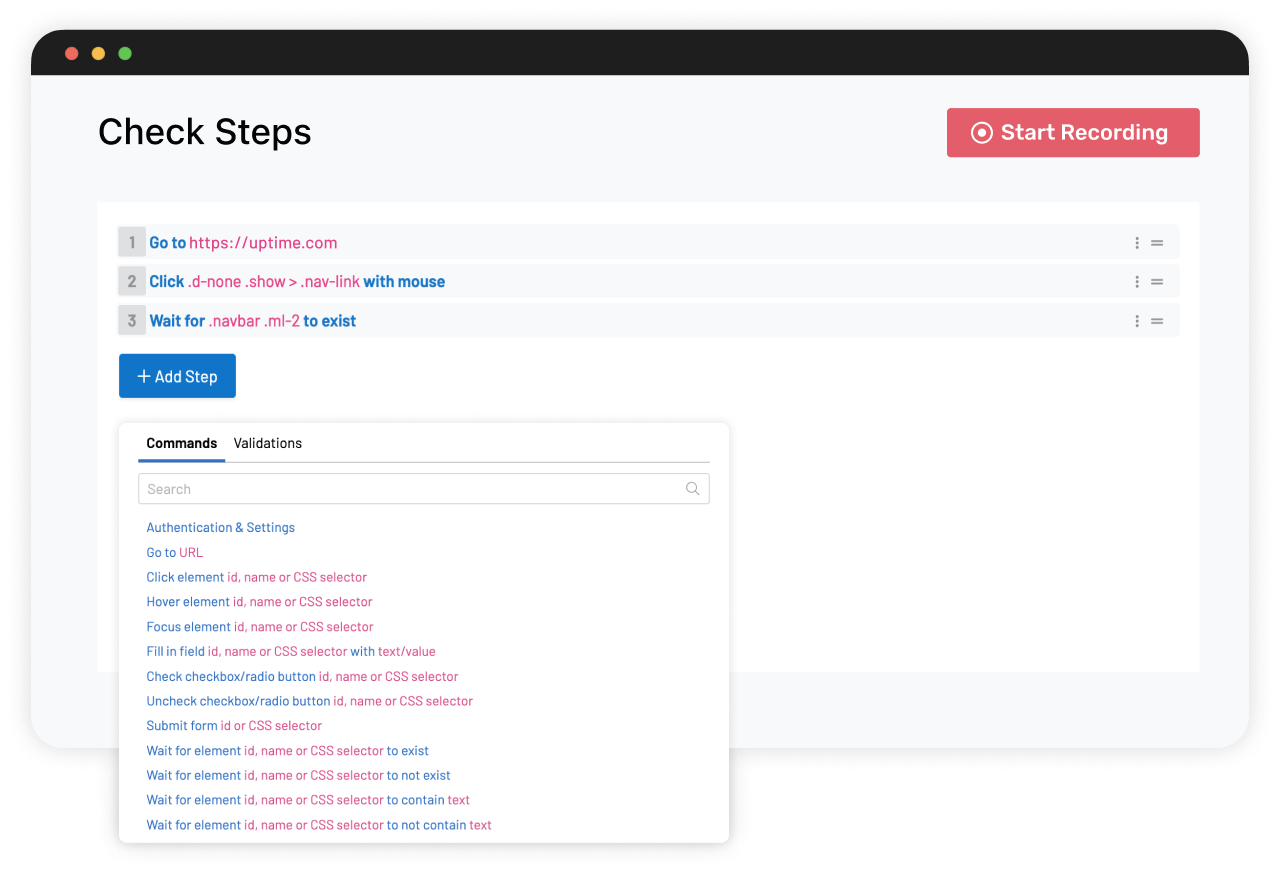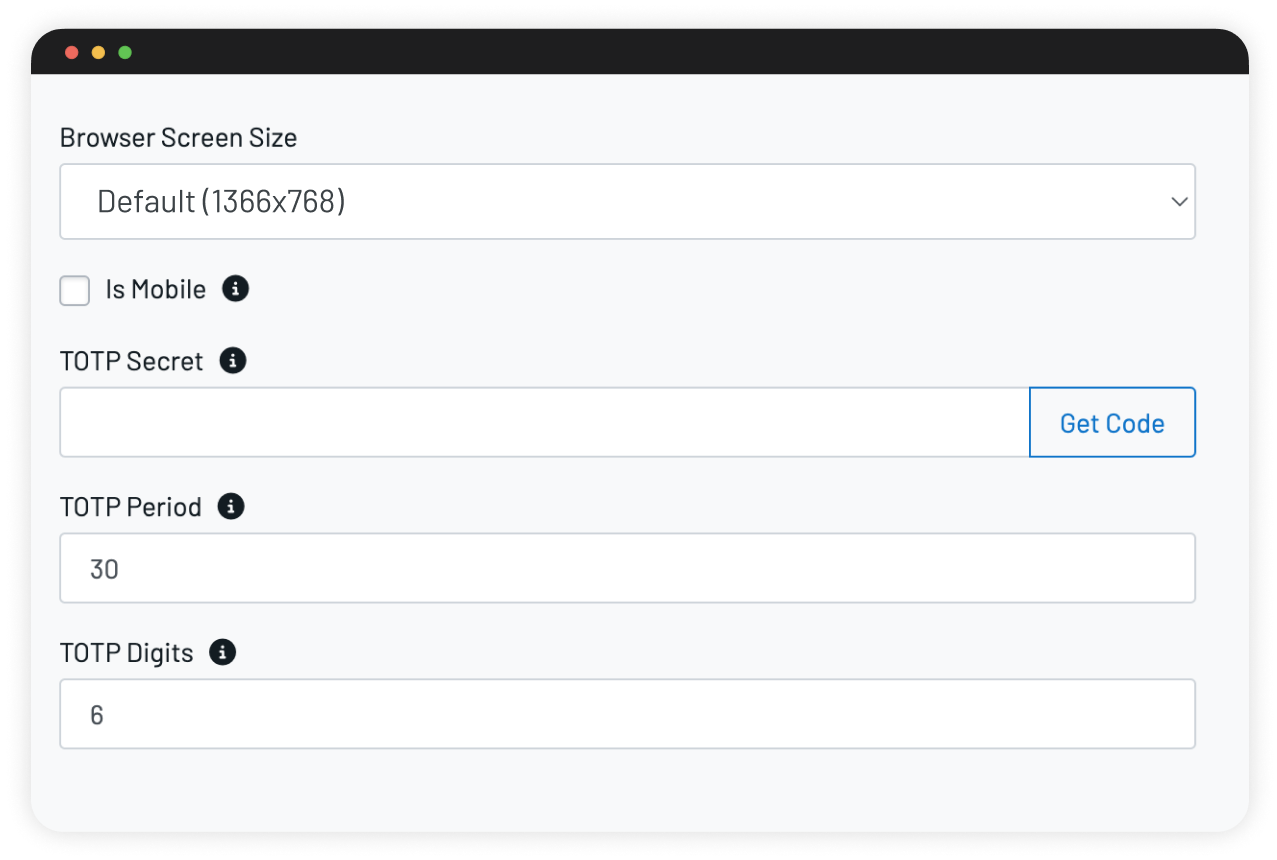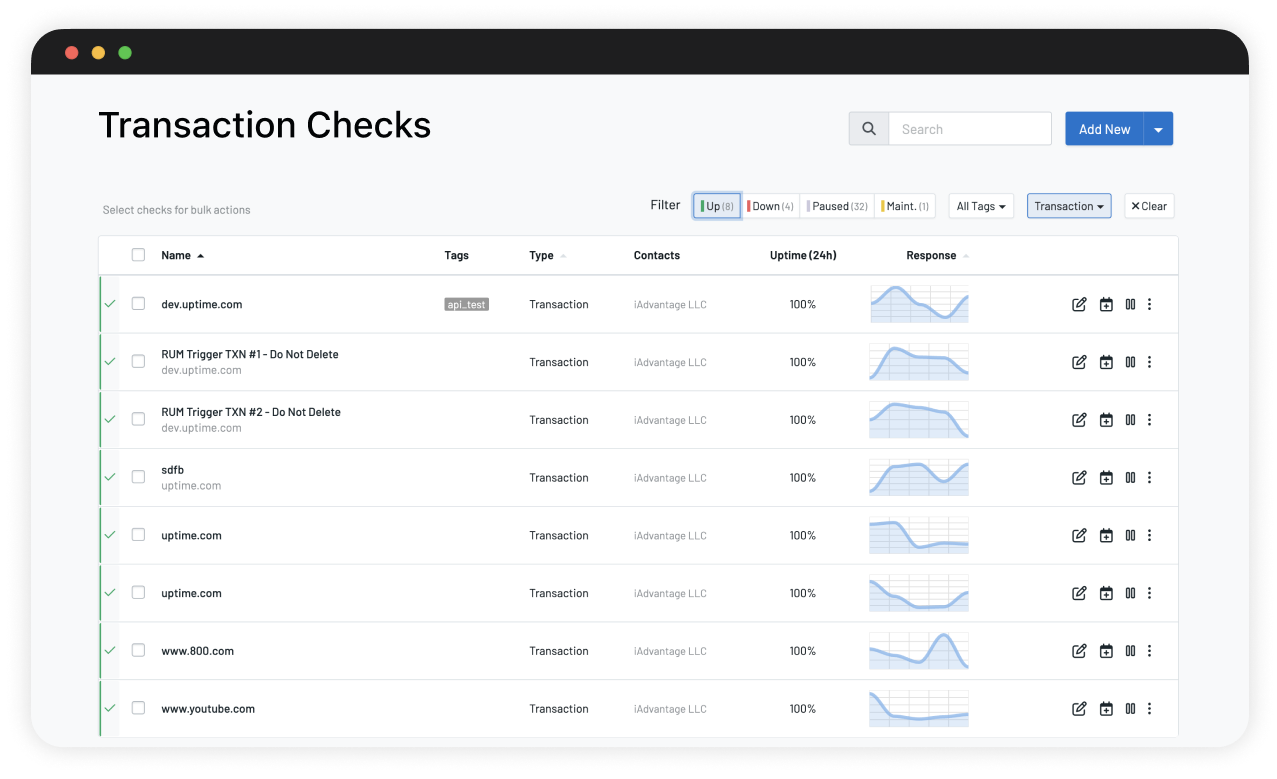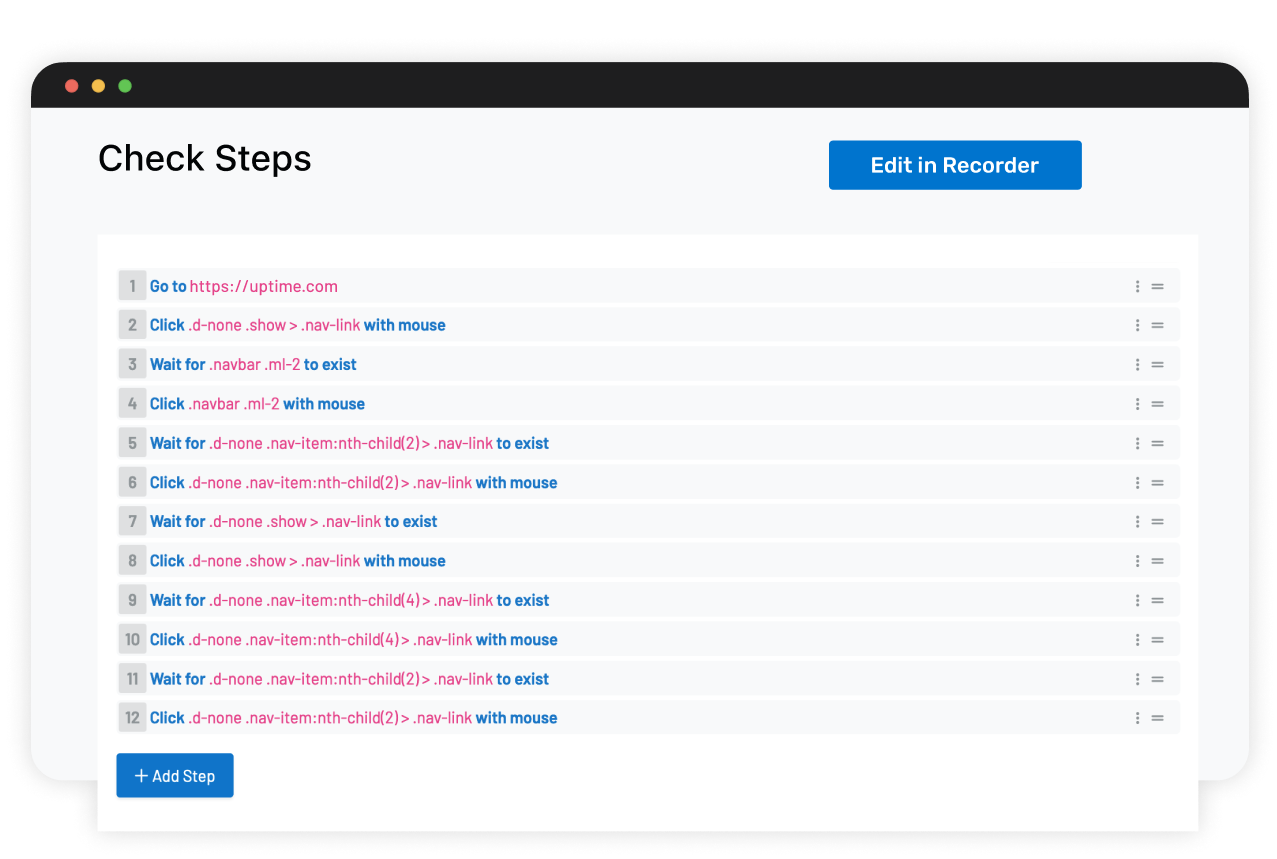Trusted by the world's premier organizations.
























Our monitoring solutions provide unmatched visibility and availability, empowering engineering, operations and SRE teams to monitor & respond to their most essential services.



